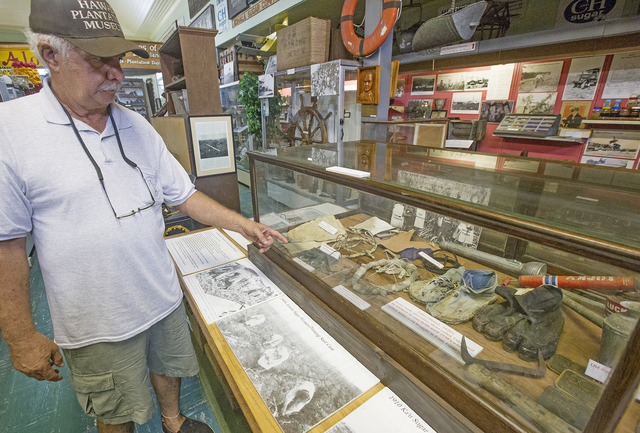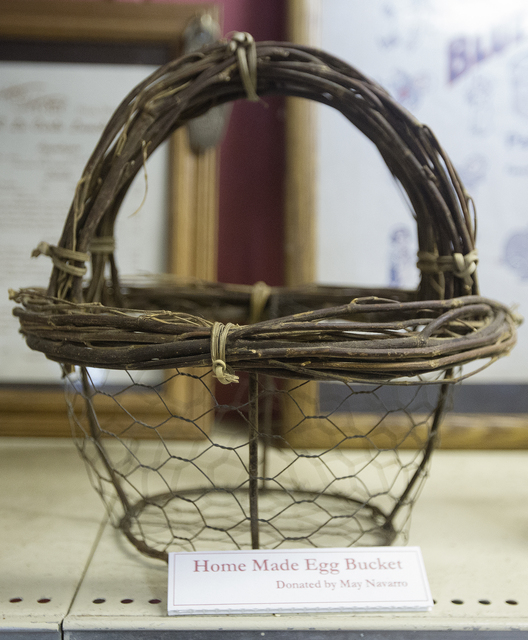The days when sugar was king on Hawaii Island are drifting further and further into the past.
And as they drift away, so do the valuable stories and lessons learned by the people who inhabited the multicultural plantations that formed the backbone of community life on the island, according to Wayne Subica, founder and director of the Hawaii Plantation Museum in Papaikou.
“In the old days, parents wouldn’t talk to their kids, so a lot of information is lost,” he said.
In an effort to keep that information alive, Randy Hirokawa, dean of the University of Hawaii at Hilo College of Arts and Sciences, is working to preserve the stories and experiences of Hawaii’s plantation families in a new book — and he’s seeking input from residents willing to share their first-hand knowledge.
“The idea for this book came up in a conversation I had with (Executive Vice President) Derek Kurisu from KTA (Super Stores),” he said. “We were talking about how people who lived in plantation camps were so creative and innovative because they didn’t have much and had to take full advantage of what limited resources they had. Derek made the comment that it is unfortunate that so much knowledge is being lost, because they are not being passed on from the generation of our parents and grandparents to us, and other children and grandchildren. He said that I should do a book that chronicles important things that people learned during their plantation days.”
Hirokawa took the idea and ran with it. His goal, he says, is to identify and preserve “important life lessons that can be passed on from generation to generation so that they are never lost.”
“I envision the book to be a collection of stories – some humorous, some poignant – that identifies important things that our forefathers (and mothers) learned to do well that can benefit us still today,” he said.
Kurisu has the kind of plantation knowledge Hirokawa wants to document.
“Derek grew up in a plantation camp in Hakalau,” he said. “On his popular TV show, ‘Living in Paradise,’ he often does cooking segments where he talks about ‘plantation days foods’ and shows how they were prepared. Unfortunately, many of these recipes and ‘cooking secrets’ were not written down anywhere, so unless you were fortunate enough to have learned it first hand from your parents or grandparents, they are sadly lost when they passed on.”
In another example, Hilo dentist Milton Fujiuchi learned how to repair broken items during his time growing up in a plantation camp on Kauai in a place called Kealia, Hirokawa said.
“Like most plantation camp families, he grew up with limited resources and had to figure out how make or fabricate things because they couldn’t afford to buy them. He told me that in those days, you had to learn to keep fixing things – appliances, tools, machinery, cooking utensils, etc. – because, unlike today, you couldn’t go on the Internet and order a new one. So at a very early age, he learned to fix things, and to this day, he continues to fix broken things – lawnmowers, appliances, fishing equipment, you name it,” he said.
Hirokawa says he did not grow up in a plantation camp, but his parents and grandparents did. At the Pakala camp on Kauai, they developed a love of fishing.
“Back in those days, fishing equipment was limited, and often beyond the financial means of most people in the plantation camps,” he said. “So the fishermen had to be very creative to catch fish. One innovation was what they called ‘nagashi fishing.’ This involved building a small wood sailboat, and then using the sailboat to pull a line containing many baited hooks out to sea. They would then wait for the fishes to hook themselves and would pull the boat back to shore. Sometimes the fishing would be so good that one or two launches a day or night would yield enough fish for the whole neighborhood.”
Today, people still practice this method, but instead of boats, they use environmentally unfriendly plastic trash bags to carry the lines out to sea.
“The wooden sailboats of the plantation days could be used over and over again for many years, and when they finally broke, they could be recycled for firewood or whatever. It was an excellent example of sustainable, environmentally friendly fishing,” Hirokawa said. “The point is this: Very few people today still use this sailboat technique, and worse, very few people can even tell you how it was done. This is the kind of plantation days knowledge I want to try and preserve.”
Anyone who would like to participate in the research for the book is asked to email randyh@hawaii.edu or call (808) 932-7095.









